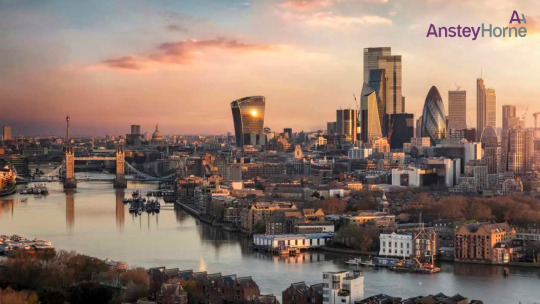#Daylight Analysis Alton
Text
Anstey Horne

The UK's top specialist Rights of Light, Daylight & Sunlight, Party Wall, Building Consultancy & Fire Consultancy practice.
Visit Our Website
#Daylight Analysis West Midlands#Daylight Analysis Acocks Green#Daylight Analysis Aldersley#Daylight Analysis Aldridge#Daylight Analysis All Saints#Daylight Analysis Allesley Green#Daylight Analysis Allesley Park#Daylight Analysis Allesley#Daylight Analysis Alton#Daylight Analysis Alum Rock
0 notes
Text
Daylight Analysis in West Midlands: Why it Matters for Your Project
youtube
As more and more cities across the world strive to become sustainable and livable, the role of daylight in the built environment is gaining increasing importance. The West Midlands region of England is no exception, with an ever-growing number of architects, planners, and developers seeking to create buildings and spaces that optimize natural light.
If you're involved in a project in the West Midlands, whether it's new construction, renovation, or extension, daylight analysis is a critical aspect that you shouldn't overlook. In this article, we'll delve into what daylight analysis is, why it matters, and how Anstey Horne can help you achieve optimal daylight performance.
What is Daylight Analysis?
Daylight analysis is the process of evaluating the amount, quality, and distribution of natural light in a building or space. It involves measuring various parameters such as illuminance (the amount of light that falls on a surface), luminance (the brightness of a surface), and glare (the discomfort caused by excessive brightness). These measurements are then compared to established standards and guidelines to assess whether the space meets the required level of daylight performance.
Daylight analysis can be carried out at different stages of a project, from early design to post-construction. In the early stages, it helps architects and planners to make informed decisions about the orientation, size, and shape of a building, as well as the location and size of openings such as windows and skylights. Later on, it allows builders and contractors to verify that the actual performance of the building matches the design intent.
Why Does Daylight Analysis Matter?
Daylight is essential for our health, well-being, and productivity. Studies have shown that exposure to natural light can reduce stress, improve mood, and increase alertness and concentration. It can also reduce energy consumption by reducing the need for artificial lighting and heating.
However, not all natural light is equal. Too little light can lead to a gloomy and uninviting environment, while too much light can cause discomfort, glare, and heat gain. Daylight analysis helps to strike a balance between these two extremes by ensuring that the building or space is optimized for the occupants' needs and preferences.
Daylight analysis is also a legal requirement in many cases. For example, in the UK, the Building Regulations Part L1A requires that new dwellings meet certain minimum standards for daylight provision. The BRE's Home Quality Mark also includes daylight as one of its core criteria for assessing the sustainability and quality of new homes.
How Can Anstey Horne Help?
At Anstey Horne, we have extensive experience in carrying out daylight analysis for a wide range of projects in the West Midlands and beyond. Our team of experts uses advanced software tools such as Radiance and Daysim to simulate daylight performance accurately. We also take into account factors such as site location, climate, and building orientation to ensure that the analysis is tailored to your specific project.
We can provide daylight analysis services at various stages of your project, including:
Concept design: We can help you to develop a design that maximizes natural light while minimizing energy consumption and glare.
Planning applications: We can prepare reports and visualizations that demonstrate compliance with planning policies and regulations.
Detailed design: We can work with you to fine-tune the design and provide detailed recommendations on window size and location, shading devices, and interior finishes.
Post-construction: We can carry out on-site measurements and verify that the actual daylight performance of the building matches the design intent.
In addition to daylight analysis, we also offer a range of other services that can help you to achieve a sustainable and high-quality built environment, including energy assessments, air quality assessments, and noise assessments.
Conclusion
Daylight analysis is a crucial aspect of designing and building a sustainable and healthy built environment in the West Midlands. By optimizing natural light, you can enhance the comfort, well-being, and productivity of occupants while reducing energy consumption and environmental impact. Anstey Horne's expertise in daylight analysis and other related services can help you to achieve these goals while meeting planning policies and regulations. Contact us today to find out how we can help with your project.

#Daylight Analysis West Midlands#Daylight Analysis Acocks Green#Daylight Analysis Aldersley#Daylight Analysis Aldridge#Daylight Analysis All Saints#Daylight Analysis Allesley Green#Daylight Analysis Allesley Park#Daylight Analysis Allesley#Daylight Analysis Alton#Daylight Analysis Alum Rock#Youtube
1 note
·
View note